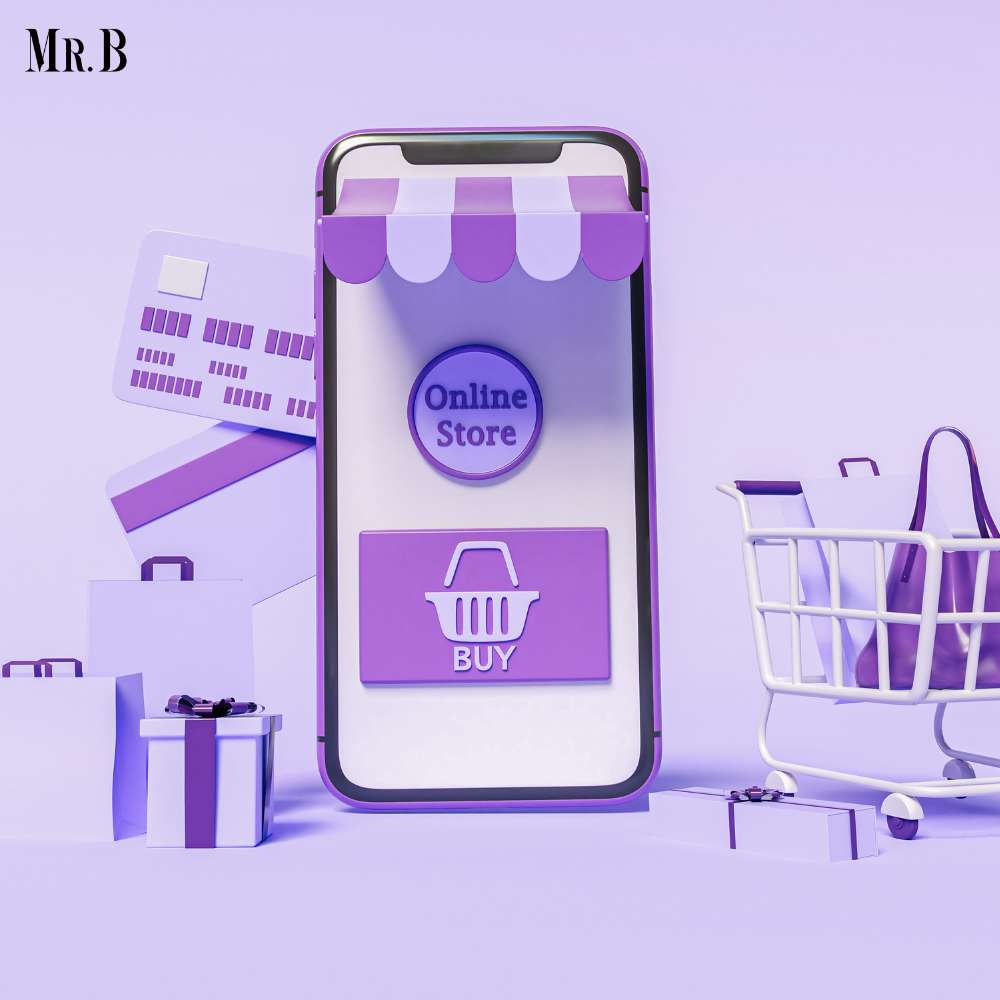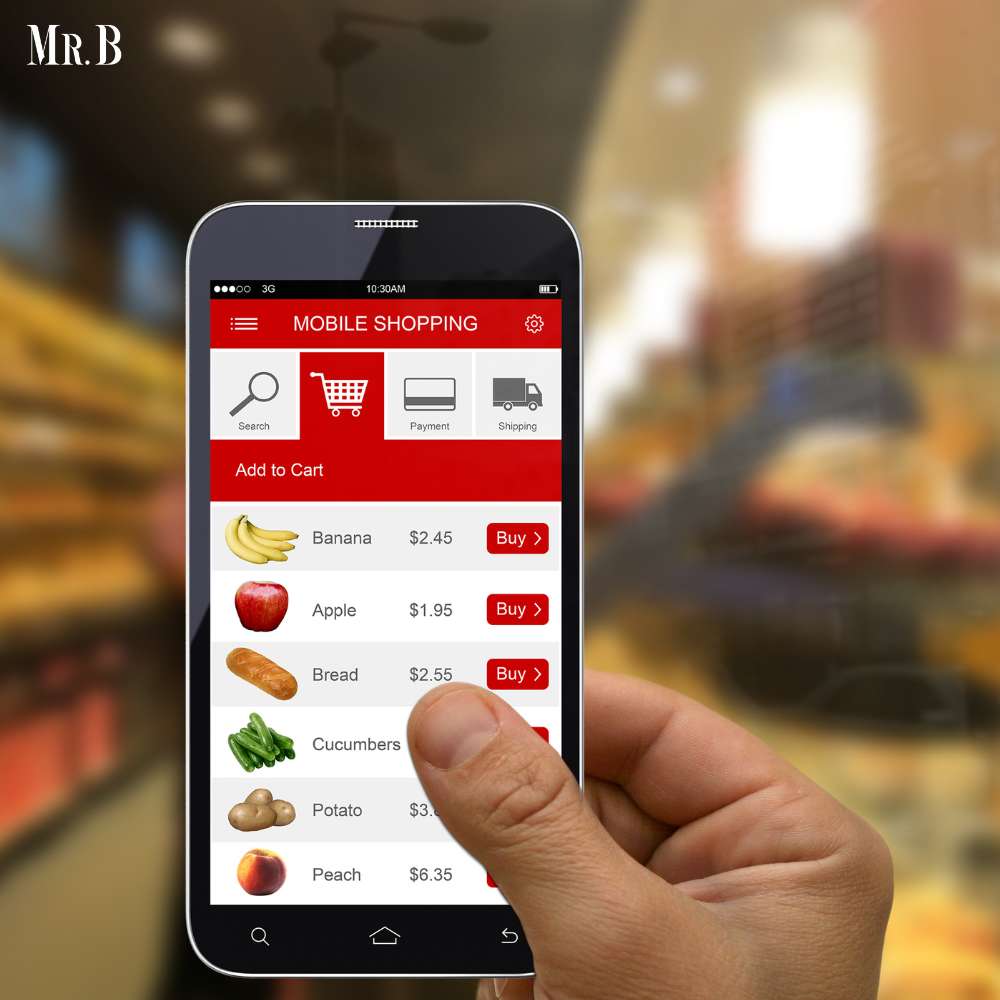E-commerce has grown substantially since the past decade. The optimized e-commerce website design ensures ease for users in navigating into the website. The holistic experience that users encounter on these platforms hinges on the thoughtful orchestration of design elements, with User Interface (UI) standing at the forefront. This article embarks on an exploration of the indispensable role played by UI in the realm of e-commerce website design. As we delve into the multifaceted dimensions of UI, we’ll unravel not only its fundamental importance but also how innovative website design can elevate the user experience.
The Essence of UI in E-commerce Website Design:
a. Navigability and User Experience:
1. Intuitive Navigation:
The UI of an e-commerce website design determines how effortlessly users can navigate through the platform. An intuitive design ensures a smooth journey from product discovery to checkout, reducing bounce rates and increasing user satisfaction.
2. User-Centric Experience:
Thoughtful UI elements, such as clear calls-to-action and easily accessible menus, enhance the overall user experience. A user-centric approach fosters engagement and encourages visitors to explore the site further.
b. Visual Appeal and Brand Image:
1. Aesthetically Pleasing Design:
The visual appeal of an e-commerce website design significantly influences user perception. Striking a balance between aesthetics and functionality contributes to a positive first impression and reinforces the brand identity.
2. Consistent Branding:
UI design elements, such as color schemes, fonts, and imagery, should align consistently with the brand’s identity. Consistency builds brand recognition and fosters trust among users.

3. Mobile Responsiveness:
a. Adaptable Design for All Devices:
With the rise of mobile commerce, a responsive UI that adapts seamlessly to various devices is indispensable. The mobile-friendly design ensures a consistent and enjoyable shopping experience across smartphones and tablets.
b. Optimized Touchpoints:
UI elements on mobile devices should be designed with touch in mind. Optimizing buttons, menus, and forms for touch interaction enhances usability and prevents frustration for mobile users.
Innovative UI Approaches in E-commerce Website Design:
a. Personalization and Recommendation Engines:
1. Tailored User Experiences:
Implementing personalized UI features, such as recommended products based on user behavior, enhances engagement. AI-driven recommendation engines contribute to a sense of individualized shopping.
2. Dynamic Content Display:
Utilizing dynamic content based on user preferences and browsing history elevates the relevance of product suggestions, increasing the likelihood of conversions.
b. Interactive Elements and Augmented Reality:
1. Engaging Product Visualization:
Integrating interactive elements, such as 360-degree product views or augmented reality features, allows users to engage with products in a more immersive way. This innovative UI approach enhances the online shopping experience.
2. Virtual Try-Ons:
For industries like fashion, implementing virtual try-on features enables users to visualize how products will look on them, reducing uncertainty and boosting confidence in purchasing decisions.

The Impact of Frequent Small Changes in E-commerce Website Design:
a. Adaptability to Trends and User Behavior:
1. Responsive Evolution:
Regularly introducing small design changes allows e-commerce website design to adapt swiftly to evolving trends and user preferences. This agility ensures that the platform remains relevant and resonates with the target audience.
2. Continuous Optimization:
Incremental changes provide opportunities for continuous optimization. A/B testing small modifications helps identify what resonates best with users, leading to ongoing improvements in conversion rates and user engagement.
b. User Engagement and Retention:
1. Surprise and Delight:
Small changes, such as updated visuals, seasonal themes, or limited-time promotions, can surprise and delight users. This strategy fosters a sense of freshness and encourages repeat visits.
2. Reduced Design Fatigue:
Frequent small changes in the e-commerce website design prevent design fatigue, where users become accustomed to a static layout. Keeping the design dynamic and evolving mitigates the risk of users losing interest over time.
Best Practices for E-commerce SEO:
a. Keyword Research and Implementation:
1. Strategic Keyword Placement:
Conducting thorough keyword research and strategically integrating relevant keywords into product descriptions, meta tags, and URLs enhances the discoverability of products.
2. Long-Tail Keywords:
Targeting long-tail keywords specific to products or categories helps capture niche audiences and improves the chances of ranking higher in search engine results.

b. Optimized Product Descriptions and Images:
1. Unique and Informative Content:
Crafting unique and informative product descriptions with a focus on SEO-friendly language contributes to higher search engine rankings.
2. Image Alt Text:
Including descriptive alt text for product images not only improves accessibility but also provides search engines with valuable information, contributing to improved visibility.
c. Mobile Optimization:
1. Responsive Design:
Ensuring that the e-commerce website design is optimized for mobile devices is crucial for SEO. Google prioritizes mobile-friendly websites in its rankings.
2. Fast Loading Speeds:
Mobile optimization includes optimizing page loading speeds. Faster loading times improve user experience and positively impact SEO rankings.
Importance of Visually appealing content:
In a world inundated with information, the significance of visually appealing content cannot be overstated. Here, we unravel the multifaceted importance of captivating visuals in the realm of digital communication.
1. First Impressions Matter:
- Visually appealing content serves as the initial handshake between a brand and its audience.
- A captivating visual can create an instant connection, sparking interest and setting a positive tone for the user experience.
2. Enhanced Engagement:
- Humans are inherently visual beings, and visual content captures attention more effectively than text alone.
- Engaging visuals, be it striking images, infographics, or videos, encourage users to spend more time on a website or platform.
3. Brand Identity and Recognition:
- Consistent and visually cohesive content reinforces brand identity.
- Memorable visuals contribute to brand recognition, fostering trust and loyalty among consumers.
4. Conveying Information Efficiently:
- Complex information becomes more digestible through visual aids.
- Infographics and charts distill data into accessible formats, facilitating quicker comprehension.
5. Social Media Dominance:
- Visuals are the lifeblood of social media platforms.
- Posts with compelling visuals garner higher engagement rates, likes, shares, and comments.
6. Increased Accessibility:
- Visuals transcend language barriers, making content accessible to a global audience.
- Universal appeal ensures a broader reach and resonance with diverse demographics.
Conclusion:
In the ever-evolving landscape of e-commerce website design, the importance of UI in website design cannot be overstated. A user-friendly and visually appealing interface not only enhances the shopping experience but also reinforces brand identity. Innovations in UI, frequent small changes, and adherence to best practices in E-commerce SEO collectively contribute to a website’s success in attracting, engaging, and retaining users. By embracing these principles, e-commerce platforms can navigate the competitive online market and stand out as user-centric, dynamic, and optimized destinations for digital shoppers.







